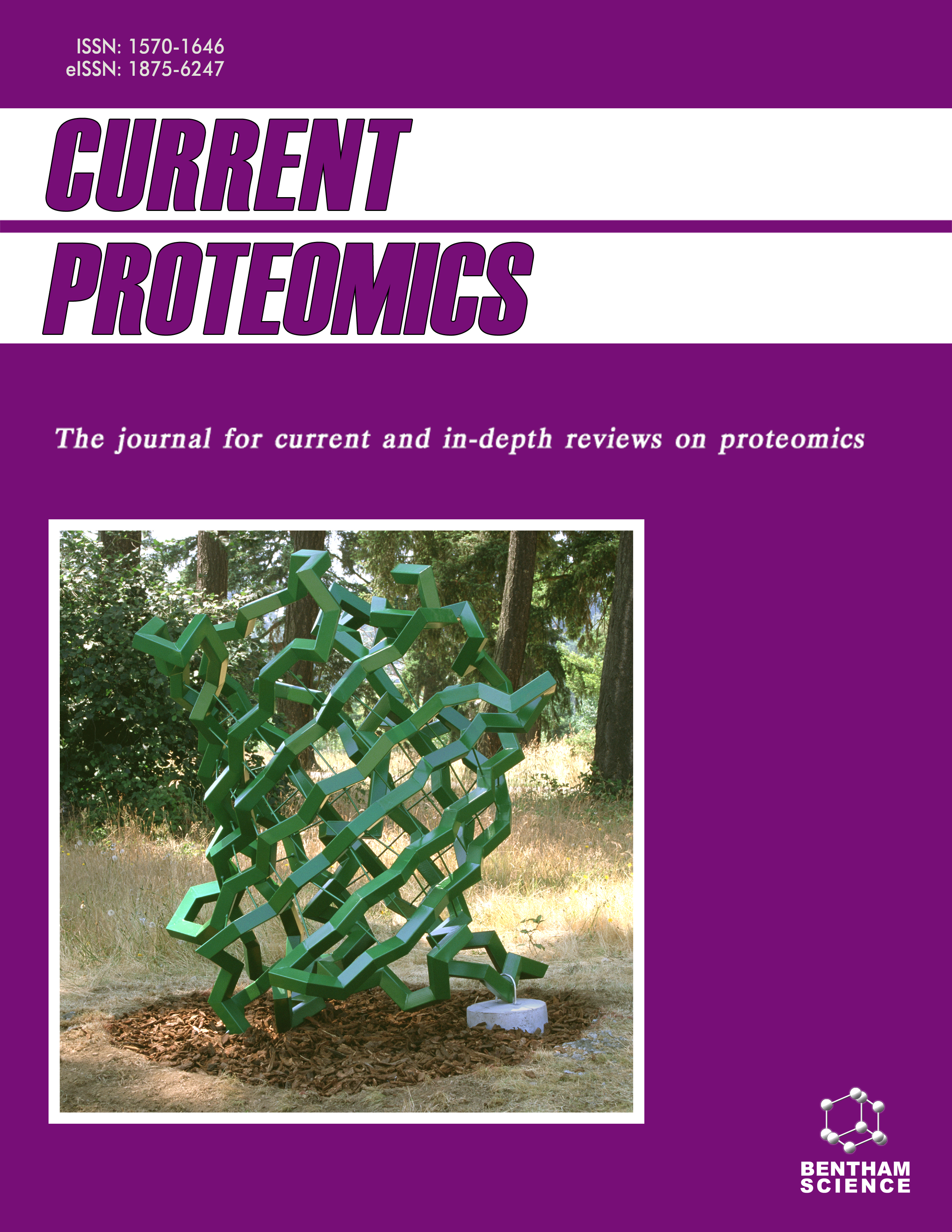
Full text loading...
We use cookies to track usage and preferences.I Understand
Acinetobacter baumannii is a well-known, multidrug-resistant bacteria that poses a serious risk to public health everywhere. The discovery of novel antibacterial drugs has become an urgent need due to the emergence of multi-drug resistance strains and the lack of appropriate antibiotics. To develop effective treatments for A. baumannii infections, this work explores the evolutionary analysis of Outer Membrane Proteins (OMPs), specifically OMP33-36.
The structural data and sequence information of OMP33-36 were retrieved from Protein Data Bank and UniProt, respectively. A range of bio-computational techniques including ConSurf web server, MEGA XI, and BioEdit were exploited to carry out hydrophobicity analysis, entropy, sequence alignment, and functional conserved site identification. By revealing close relatives of A. baumannii, phylogenetic research clarified the evolutionary relationship of OMPs among 70 bacterial species. Six remarkably conserved areas in OMPs from various bacterial species were found through a conserved domain search using BioEdit.
This study has explored the evolutionary dynamics and intricacies in functional regions of OMPs.
The outcomes of this study highlight the significant understanding of the structural and evolutionary aspects of OMP, which will help in the development of effective and precise therapy for A. baumannii infections. The construction of OMPs targeted inhibitors lowers the possibility of off-target effects on human cells.

Article metrics loading...

Full text loading...
References


Data & Media loading...

